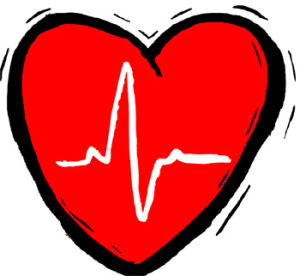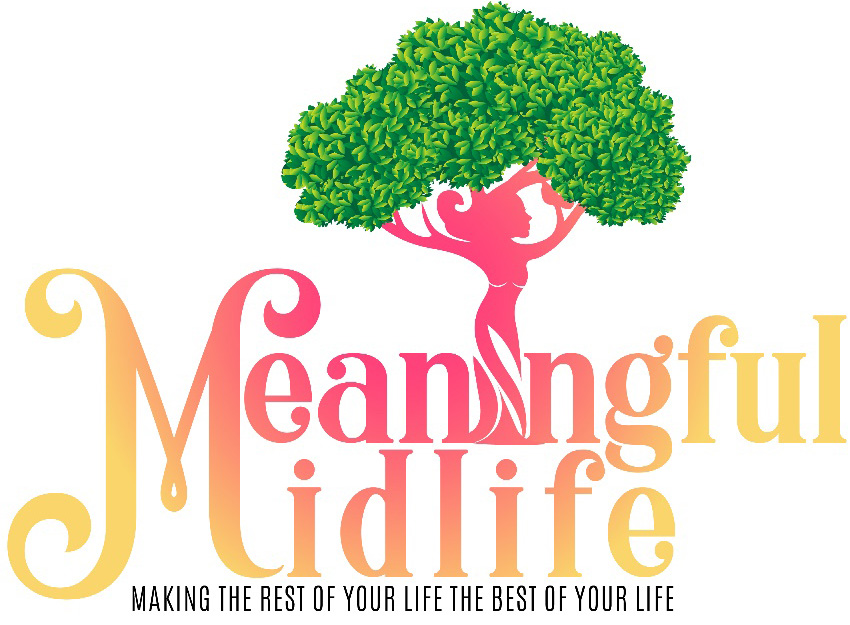 Blood thinners are used to prevent or slow down the formation of blood clots. They are prescribed to reduce the risk of deep vein thrombosis, heart attack or stroke in patients at risk for these problems. In addition, people with atrial fibrillation are often prescribed anti-coagulants because blood can potentially pool and start to clot in heart chambers that beat irregularly. Although these drugs are commonly known as blood thinners they do not actually reduce the viscosity of the blood; they affect the components of blood that cause clots to form.
Blood thinners are used to prevent or slow down the formation of blood clots. They are prescribed to reduce the risk of deep vein thrombosis, heart attack or stroke in patients at risk for these problems. In addition, people with atrial fibrillation are often prescribed anti-coagulants because blood can potentially pool and start to clot in heart chambers that beat irregularly. Although these drugs are commonly known as blood thinners they do not actually reduce the viscosity of the blood; they affect the components of blood that cause clots to form.
There are two main types of blood thinners: anti-coagulants and anti-platelet drugs. Oral anti-coagulants are drugs that interfere with the biochemical effects of Vitamin K that are essential for blood clotting. Anti-platelet drugs prevent small blood cells called platelets from aggregating, which is one of the first steps in forming a blood clot.
The most commonly used anti-coagulant in the US is warfarin (also known as Coumadin), which can be taken orally. However, it takes 2 or 3 days for warfarin to become fully effective, so if immediate anticoagulation is required, intravenous heparin is usually administered in addition. Warfarin also requires that blood levels be drawn in order to determine the effectiveness of the medication. These are drawn more frequently at the beginning of therapy and less often thereafter.
The best-known anti-platelet drug is aspirin. In addition to its common use as a pain-killer, aspirin is often prescribed for long-term use at low doses to prevent formation of blood clots which can cause strokes or heart attacks.
Obviously, blood thinners must be used carefully since blood clotting is an important physiological safety system that protects us after injuries. Doctors, patients and caregivers must work together to achieve the right balance between preventing harmful blood clots and permitting beneficial clotting after cuts or other injuries.
All patients receiving blood thinners should take certain precautions. Elderly patients should observe the same precautions even more scrupulously, which often requires assistance and input from family members and caregivers at home. Fortunately, most of these precautions are basic common sense.
1. Take drugs exactly as directed. Elderly patients may need help remembering to take their medications on schedule. Make sure the doctor and pharmacist know what other drugs are being taken – some medications may cause an adverse reaction when taken with blood-thinners. Antibiotics can lessen the effectiveness of Warfarin (Coumadin) and so blood must be tested to determine if adjustments in medication need to be made during antibiotic therapy.
2. Do not take any other drugs, vitamins, cold medicines, herbal remedies, etc – even common over-the-counter products – without consulting the doctor first. Aspirin in particular MUST NOT be used without a doctor’s advice, because it is also an anti-platelet drug and may inhibit blood clotting beyond what’s actually good for the patient. You might be surprised by some of the things that can interfere with blood thinners: according to the Los Angeles Times (“Booster Shots”, Sept 24, 2008), Pepto-Bismol may also cause an adverse reaction. The bottom line is to talk to the doctor before taking anything.
3. Tell all health care providers about the blood thinners because they may need to modify their usual procedures to prevent or reduce bleeding.
4. The American Heart Association recommends carrying an emergency medical ID card that lists the drugs being taken; the patient’s name, address and phone number, and their doctor’s name, address and phone number.
5. Minimize activities that might cause cuts or abrasions. Most elderly patients probably won’t be playing contact sports, but there are less dramatic ways to start bleeding: shaving and brushing teeth. To avoid razor nicks use an electric shaver, and switch to a soft toothbrush to go easy on the gums. Also, be sure to talk to the dentist before any dental work, even routine cleanings.
6. Geriatric massage, which is sometimes used to improve circulation and increase joint mobility in the elderly, is not recommended for patients taking blood thinners, because of the risk of damaging delicate blood vessels resulting in subcutaneous bleeding.
7. Vitamin K, which is found in leafy green vegetables (lettuces, spinach, brusel sprouts) and other foods, can interfere with warfarin therapy. Caregivers who provide food should talk to the doctor about how much of these foods you should prepare for your elderly loved one.
8. Of course, every precaution should be taken to reduce the risk of falls and their subsequent injuries.
LEARN TO LOVE YOUR LIFE AGAIN
 Do you feel like you need to hit the REFRESH button on your life? Download our free guide and begin to create your best life yet!
Do you feel like you need to hit the REFRESH button on your life? Download our free guide and begin to create your best life yet!



For an easy to use and referenced vitamin K registry, visit http://www.PTINR.com and visit the tools and resouces section. There you can print out the entire list of foods and their vitamin K content or look up an individual food using the drop down menu.
There you will also see an interactive vitamin K diary. It can be used to determine your weekly dietary vitamin K intake using an INR test result within a day of completing the diary.
This patient resource is also in the patient section of PTINR.com.
To access to the tools & resource section – click on the left side of the home pages “Information” tab, scroll down and you will see the patient resources. Enjoy.
Gary